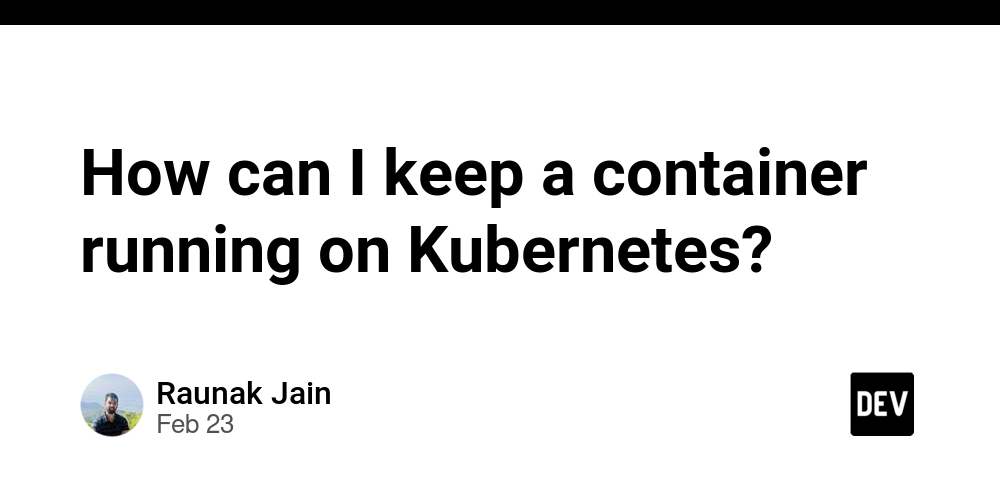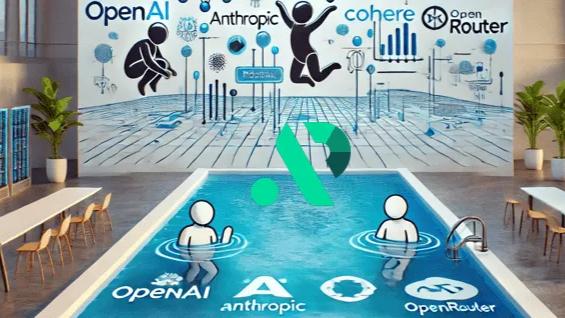Mastering System Design: The 25 Key Concepts You Must Learn
System design can feel overwhelmingly difficult—until you sit down and master the core concepts that drive real-world applications. These 25 foundational ideas make up the 20% of knowledge that appears in 80% of system design interviews. Once you grasp them, everything starts to click. 1. Client-Server Architecture The backbone of every web application. Your phone, browser, or app communicates with a server to request and retrieve data. 2. IP Address & DNS How clients find servers. DNS (Domain Name System) translates human-friendly domain names into IP addresses that machines use. 3. Proxy & Reverse Proxy Used for identity masking, load balancing, and intelligent request routing to optimize security and performance. 4. Latency The delay in data travel, affecting app speed. Latency is especially critical for applications that serve users across different geographic locations. 5. HTTP vs HTTPS The language of the internet. HTTPS enhances security by adding encryption through TLS/SSL. 6. APIs & REST APIs facilitate communication between a client and a server. REST (Representational State Transfer) is the most widely used API architecture. 7. Concurrency Enables multiple tasks to run simultaneously, improving system efficiency and responsiveness. 8. SQL vs NoSQL SQL databases offer structured, consistent storage (ideal for financial applications). NoSQL databases provide flexibility and scalability (preferred for big data and real-time applications). 9. Vertical Scaling Upgrading a single machine with more resources (CPU, RAM) to improve performance. 10. Horizontal Scaling Adding multiple machines to distribute workload, enhancing reliability and scalability. 11. Load Balancer Directs incoming requests to the appropriate server, preventing overload and ensuring smooth operations. 12. Indexing Optimizes database queries by enabling quick lookups, similar to a book index. 13. Replication Creates read-only copies of a database to handle increased traffic efficiently. 14. Sharding Distributes data across multiple servers based on specific keys (e.g., user ID), improving performance and scalability. 15. Vertical Partitioning Divides database tables by columns to reduce unnecessary data scanning and enhance efficiency. 16. Caching Stores frequently accessed data in memory, reducing database queries and improving response times. 17. Denormalization Combines database tables to eliminate expensive JOIN operations, enhancing read performance. 18. CAP Theorem A distributed system can only guarantee two out of three: Consistency, Availability, or Partition Tolerance. 19. Blob Storage (e.g., S3) Optimized for storing large unstructured files like images, videos, and backups. 20. CDN (Content Delivery Network) Distributes cached content to servers worldwide, reducing latency and speeding up global content delivery. 21. WebSockets Enables real-time, bidirectional communication—crucial for chat apps, stock dashboards, and online gaming. 22. Webhooks Allow instant updates between services, commonly used for event-driven interactions like payment confirmations. 23. Microservices Breaks down large applications into smaller, independent services, making systems easier to scale and maintain. 24. Message Queues Facilitates asynchronous communication between services, enhancing scalability and fault tolerance. 25. Rate Limiting & API Gateway Prevents abuse by controlling request frequency and managing API traffic efficiently. Final Thoughts System design is challenging, but once you understand these 25 key concepts, everything starts making sense. Mastering them not only prepares you for interviews but also helps you build scalable, efficient, and robust applications in the real world. Start learning today, and watch system design become second nature!

System design can feel overwhelmingly difficult—until you sit down and master the core concepts that drive real-world applications. These 25 foundational ideas make up the 20% of knowledge that appears in 80% of system design interviews. Once you grasp them, everything starts to click.
1. Client-Server Architecture
The backbone of every web application. Your phone, browser, or app communicates with a server to request and retrieve data.
2. IP Address & DNS
How clients find servers. DNS (Domain Name System) translates human-friendly domain names into IP addresses that machines use.
3. Proxy & Reverse Proxy
Used for identity masking, load balancing, and intelligent request routing to optimize security and performance.
4. Latency
The delay in data travel, affecting app speed. Latency is especially critical for applications that serve users across different geographic locations.
5. HTTP vs HTTPS
The language of the internet. HTTPS enhances security by adding encryption through TLS/SSL.
6. APIs & REST
APIs facilitate communication between a client and a server. REST (Representational State Transfer) is the most widely used API architecture.
7. Concurrency
Enables multiple tasks to run simultaneously, improving system efficiency and responsiveness.
8. SQL vs NoSQL
SQL databases offer structured, consistent storage (ideal for financial applications). NoSQL databases provide flexibility and scalability (preferred for big data and real-time applications).
9. Vertical Scaling
Upgrading a single machine with more resources (CPU, RAM) to improve performance.
10. Horizontal Scaling
Adding multiple machines to distribute workload, enhancing reliability and scalability.
11. Load Balancer
Directs incoming requests to the appropriate server, preventing overload and ensuring smooth operations.
12. Indexing
Optimizes database queries by enabling quick lookups, similar to a book index.
13. Replication
Creates read-only copies of a database to handle increased traffic efficiently.
14. Sharding
Distributes data across multiple servers based on specific keys (e.g., user ID), improving performance and scalability.
15. Vertical Partitioning
Divides database tables by columns to reduce unnecessary data scanning and enhance efficiency.
16. Caching
Stores frequently accessed data in memory, reducing database queries and improving response times.
17. Denormalization
Combines database tables to eliminate expensive JOIN operations, enhancing read performance.
18. CAP Theorem
A distributed system can only guarantee two out of three: Consistency, Availability, or Partition Tolerance.
19. Blob Storage (e.g., S3)
Optimized for storing large unstructured files like images, videos, and backups.
20. CDN (Content Delivery Network)
Distributes cached content to servers worldwide, reducing latency and speeding up global content delivery.
21. WebSockets
Enables real-time, bidirectional communication—crucial for chat apps, stock dashboards, and online gaming.
22. Webhooks
Allow instant updates between services, commonly used for event-driven interactions like payment confirmations.
23. Microservices
Breaks down large applications into smaller, independent services, making systems easier to scale and maintain.
24. Message Queues
Facilitates asynchronous communication between services, enhancing scalability and fault tolerance.
25. Rate Limiting & API Gateway
Prevents abuse by controlling request frequency and managing API traffic efficiently.
Final Thoughts
System design is challenging, but once you understand these 25 key concepts, everything starts making sense. Mastering them not only prepares you for interviews but also helps you build scalable, efficient, and robust applications in the real world. Start learning today, and watch system design become second nature!













































































































































































![[The AI Show Episode 142]: ChatGPT’s New Image Generator, Studio Ghibli Craze and Backlash, Gemini 2.5, OpenAI Academy, 4o Updates, Vibe Marketing & xAI Acquires X](https://www.marketingaiinstitute.com/hubfs/ep%20142%20cover.png)

















































































































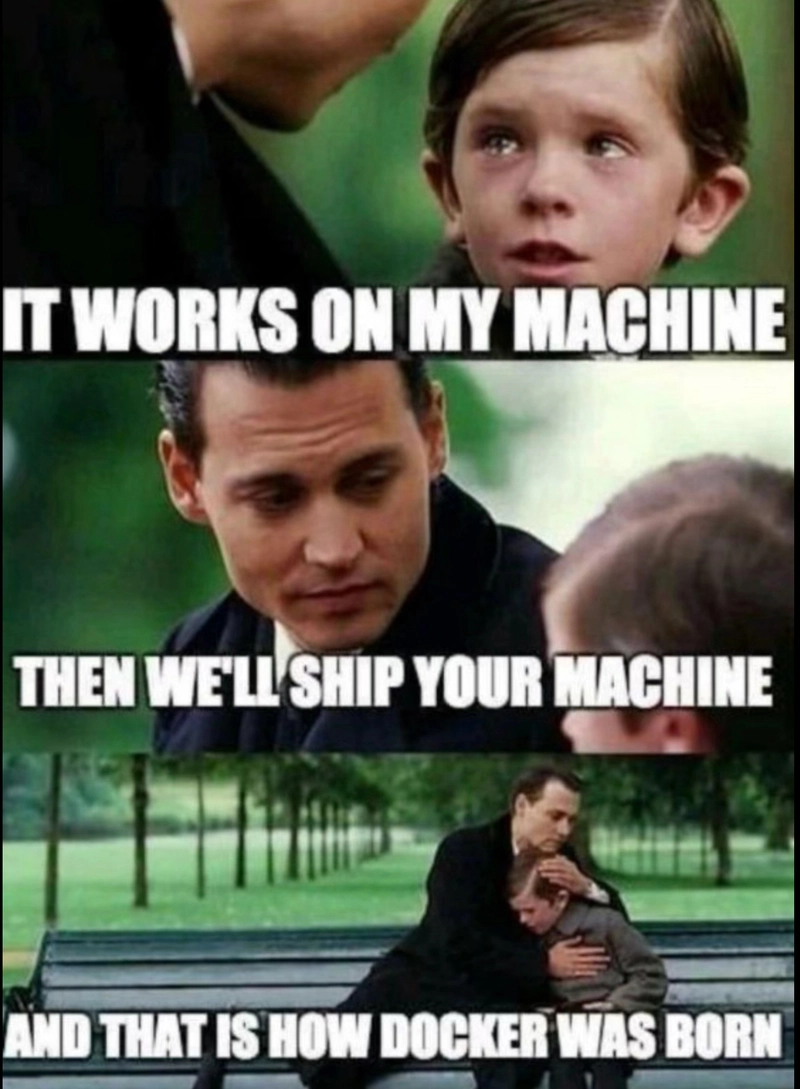













![[DEALS] Microsoft Office Professional 2021 for Windows: Lifetime License (75% off) & Other Deals Up To 98% Off – Offers End Soon!](https://www.javacodegeeks.com/wp-content/uploads/2012/12/jcg-logo.jpg)





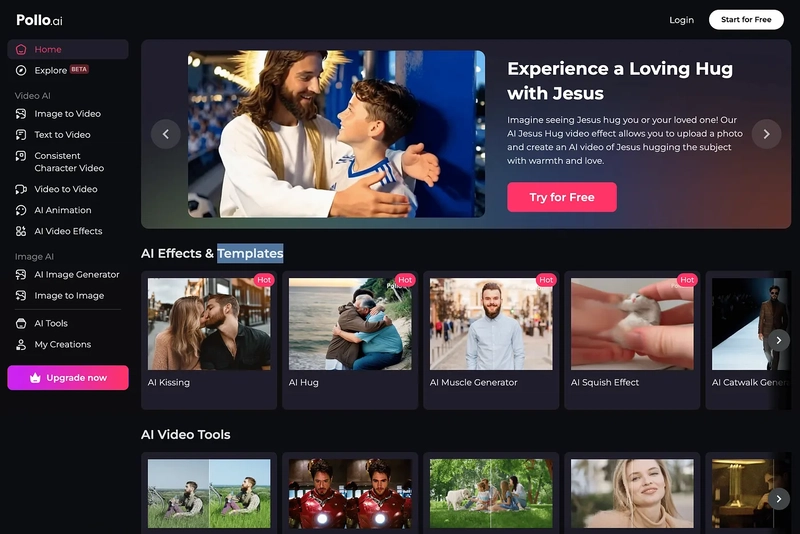











































































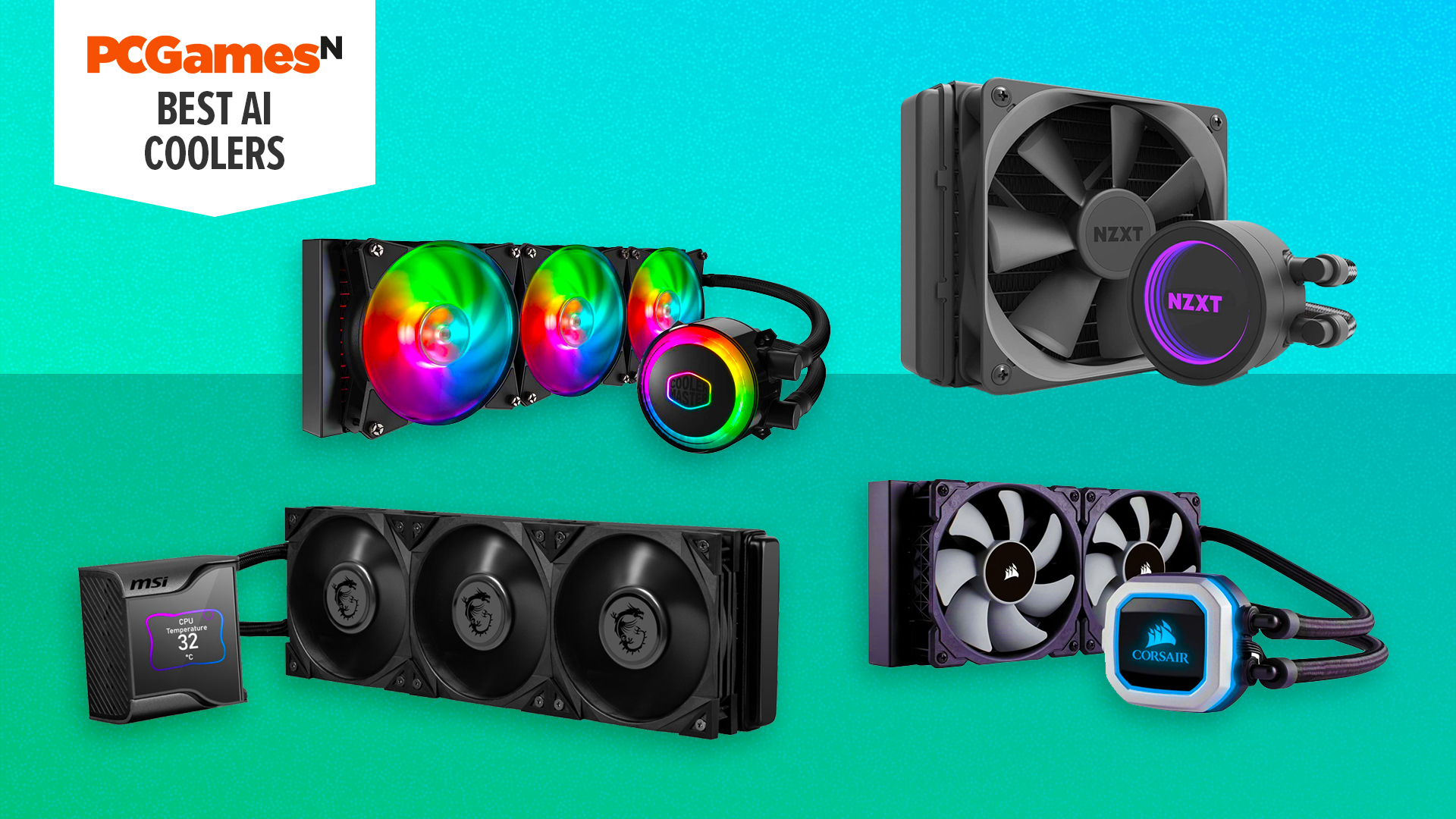



























































_Anthony_Brown_Alamy.jpg?#)
_Hanna_Kuprevich_Alamy.jpg?#)




.png?#)

























































































![Hands-on: We got to play Nintendo Switch 2 for nearly six hours yesterday [Video]](https://i0.wp.com/9to5toys.com/wp-content/uploads/sites/5/2025/04/Switch-FI-.jpg.jpg?resize=1200%2C628&ssl=1)
![Fitbit redesigns Water stats and logging on Android, iOS [U]](https://i0.wp.com/9to5google.com/wp-content/uploads/sites/4/2023/03/fitbit-logo-2.jpg?resize=1200%2C628&quality=82&strip=all&ssl=1)














![YouTube Announces New Creation Tools for Shorts [Video]](https://www.iclarified.com/images/news/96923/96923/96923-640.jpg)

![Apple Faces New Tariffs but Has Options to Soften the Blow [Kuo]](https://www.iclarified.com/images/news/96921/96921/96921-640.jpg)
































































































































